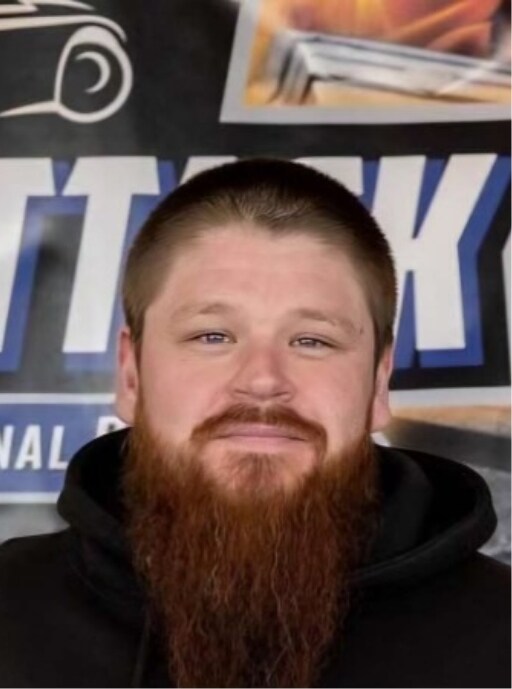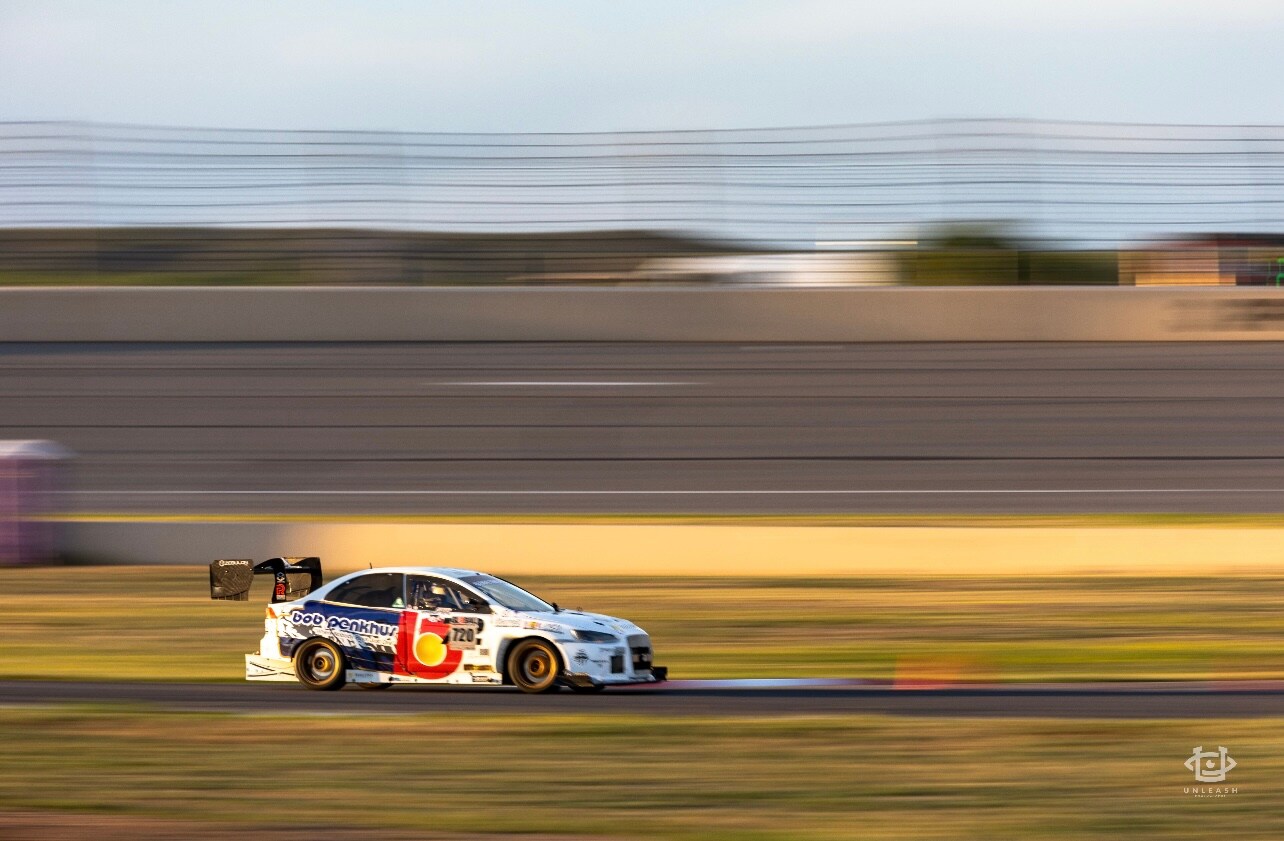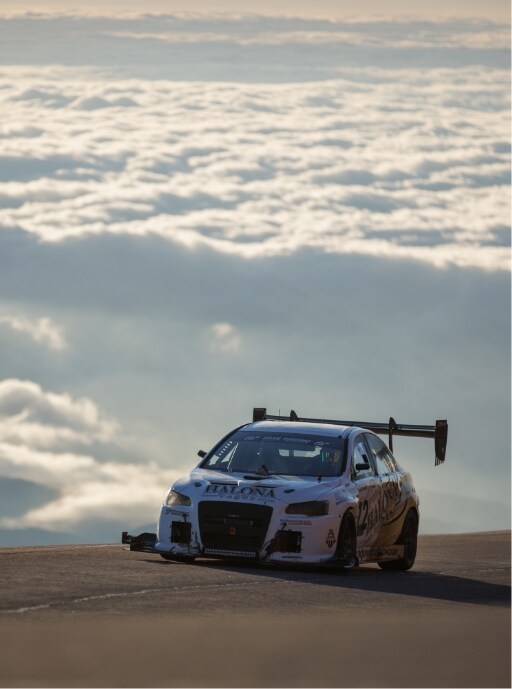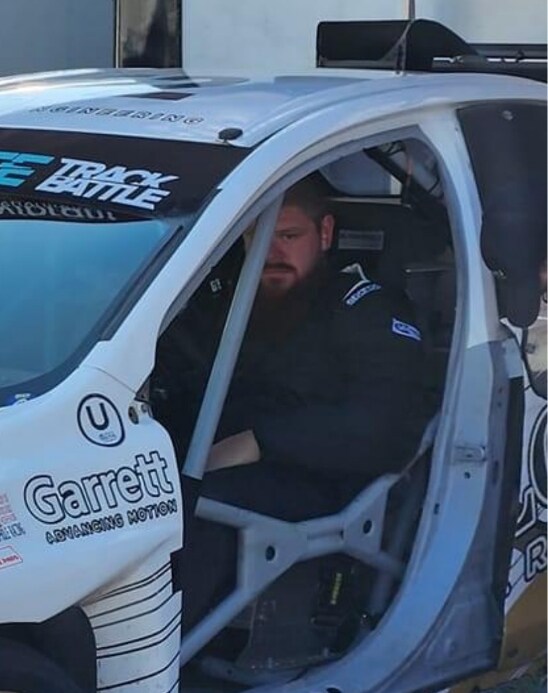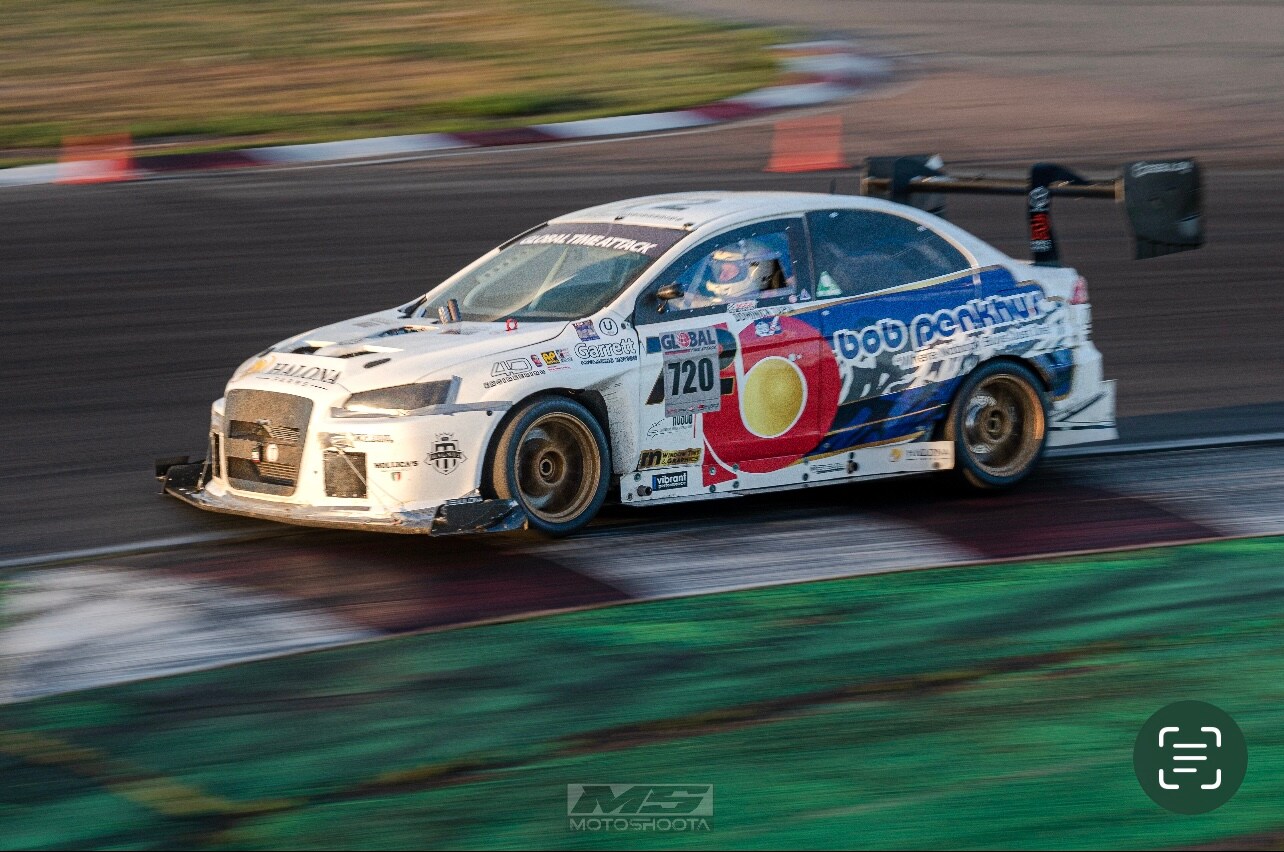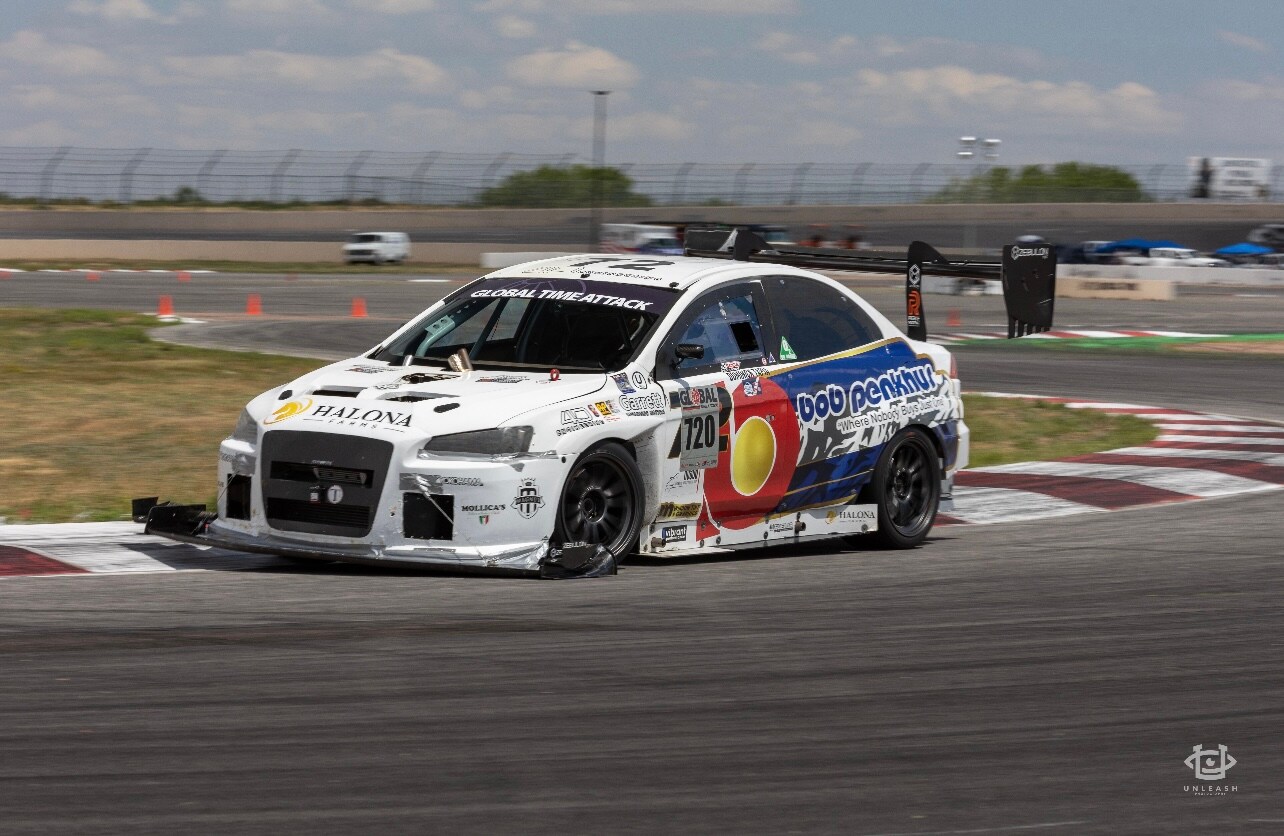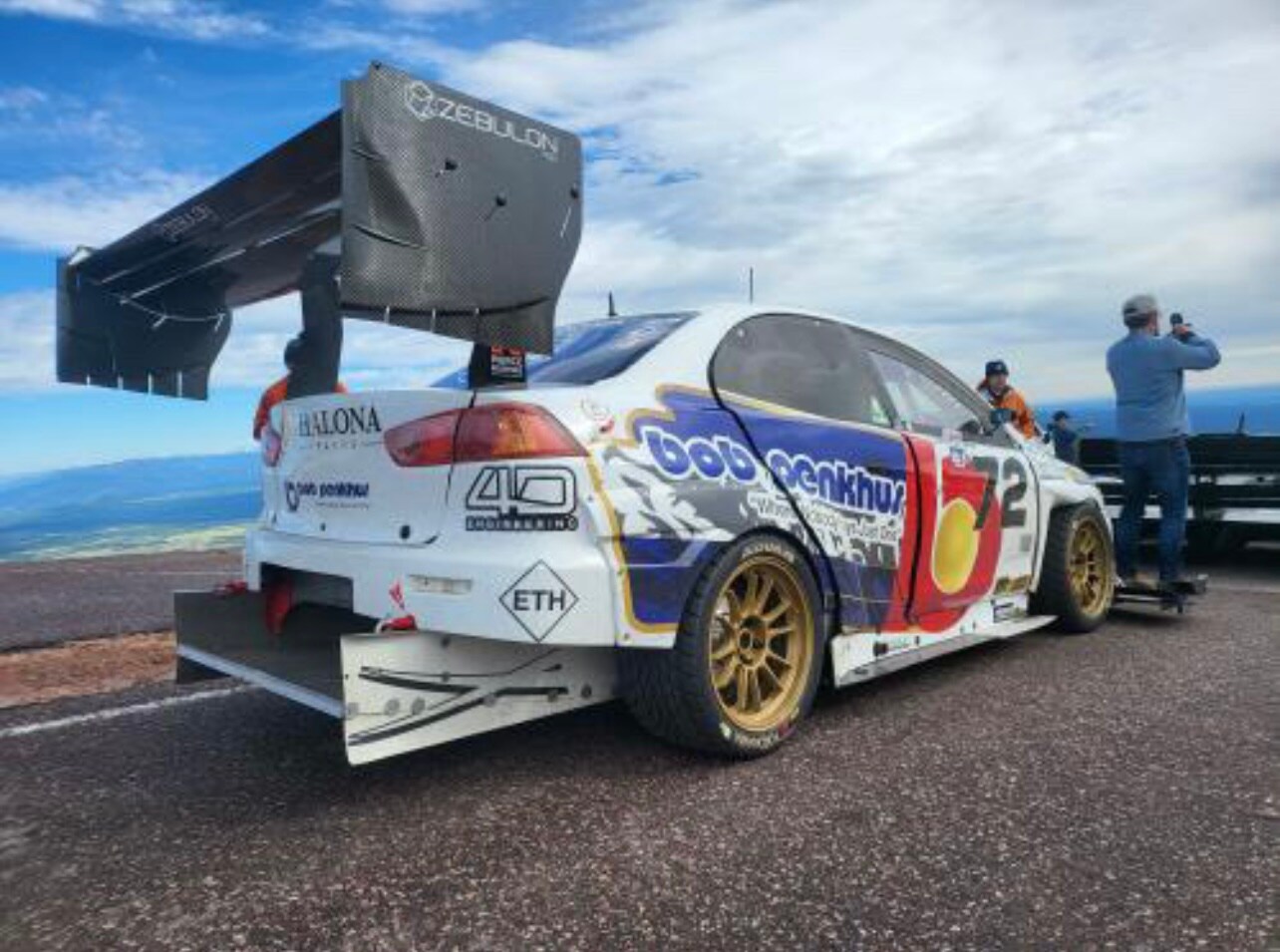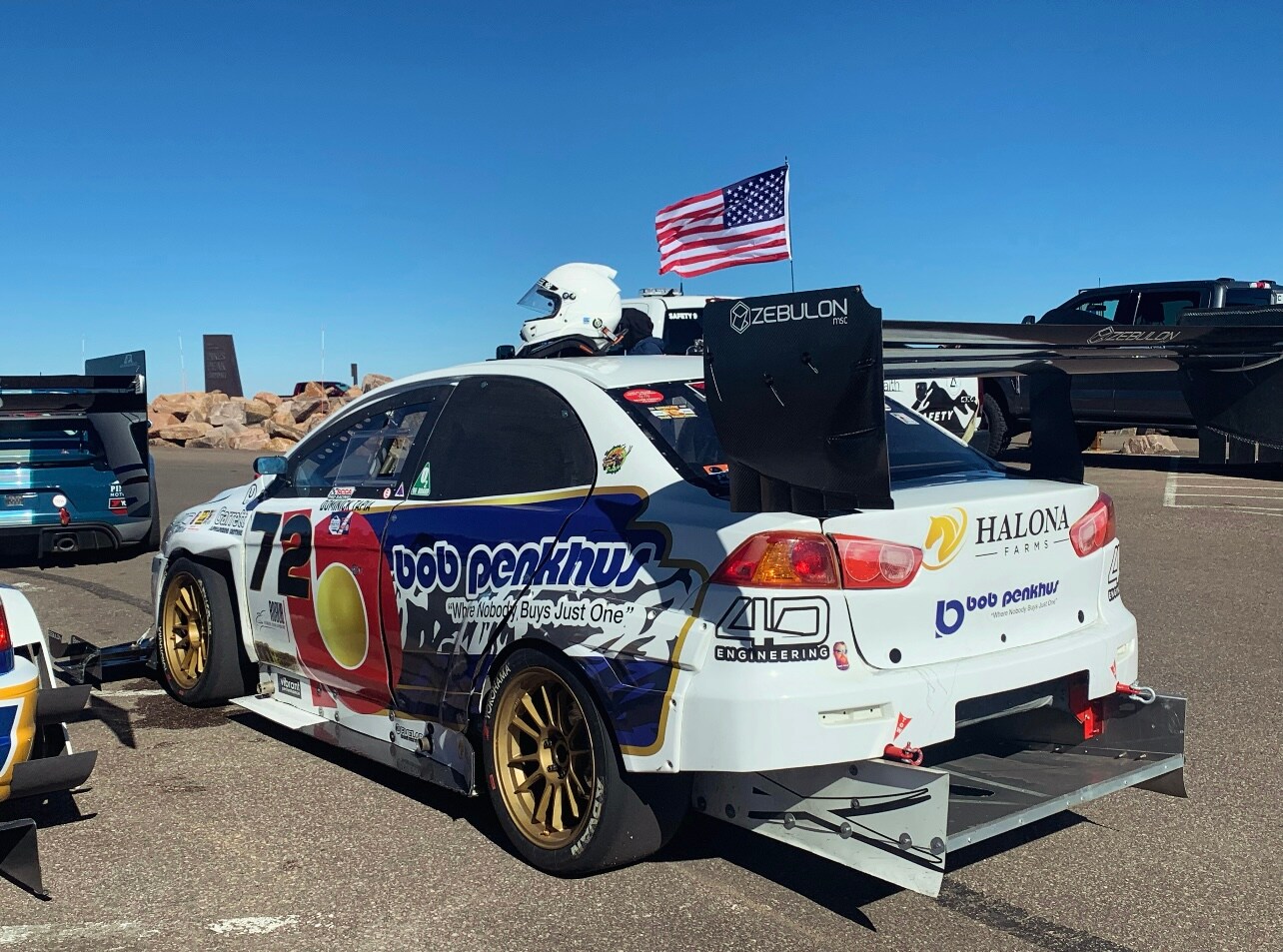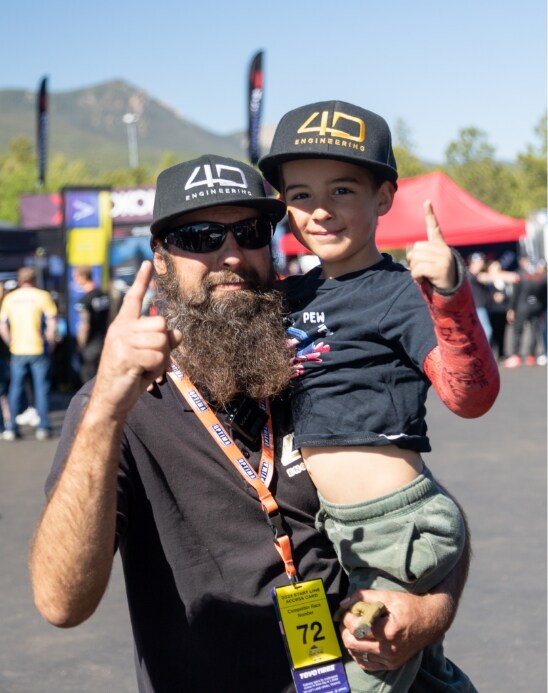The Pikes Peak International Hill Climb is an annual motorsports event held in Colorado Springs, Colorado. It is the second oldest race in America, running since 1916. This iconic race, often referred to as "The Race to the Clouds," challenges drivers to conquer a winding 12.42-mile course with 156 turns, culminating at the summit of Pikes Peak, which stands at an impressive 14,115 feet above sea level. Known for its breathtaking scenery and demanding conditions, the Pikes Peak International Hill Climb is steeped in history and revered by racing enthusiasts worldwide.
One of our own is aiming to make his mark on PPIHC history this year. Dominick Tapia, a technician who has been with Bob Penkhus for nearly 18 years, will be competing for the first time. He sat down to answer some questions about his experience preparing for the PPIHC.

